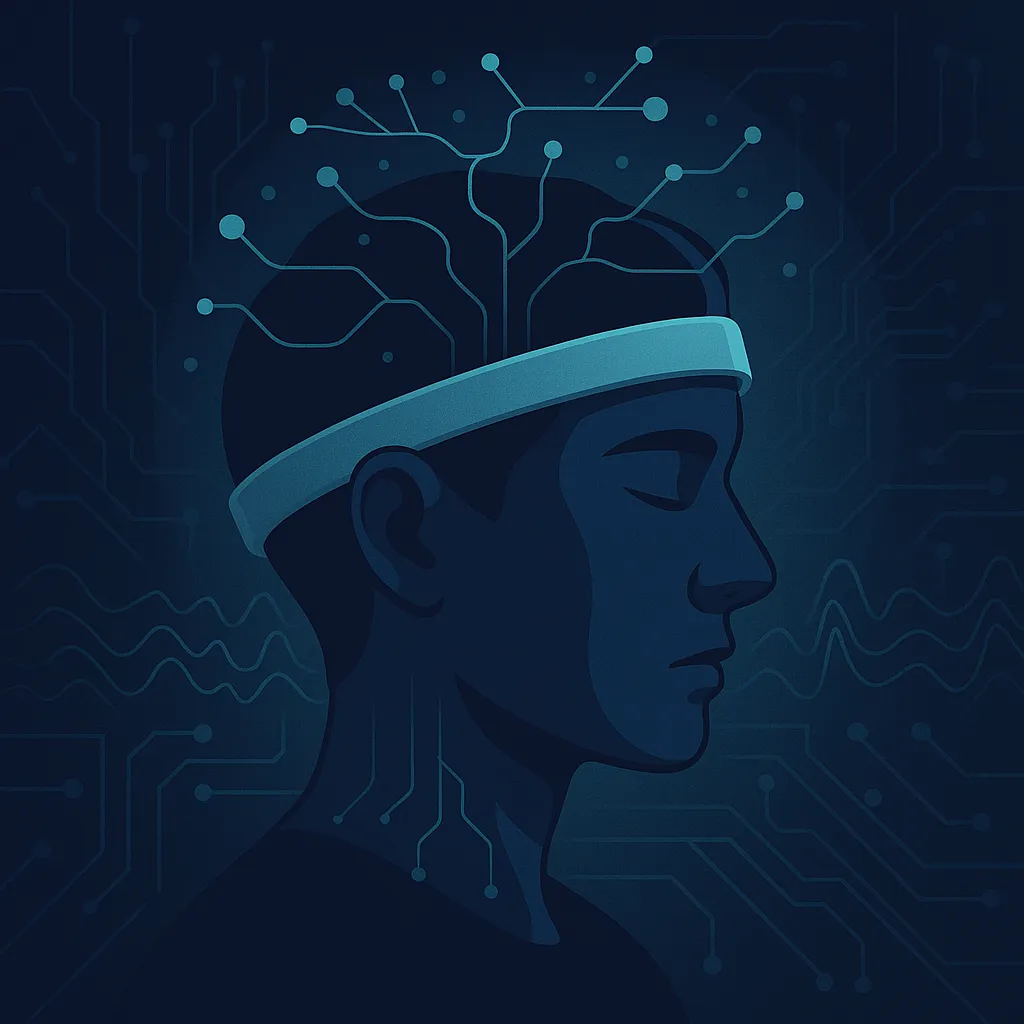
Brain‑Inspired Computing & Neuromorphic AI
Biological brains are the original inspiration for artificial intelligence. Neuromorphic computing seeks to replicate the brain’s structure and energy efficiency using specialised hardware and spiking neural networks. By modelling neurons and synapses as discrete events, these systems process information asynchronously and consume far less power than conventional silicon. Classification, regression and clustering techniques remain central to training and analysing spiking networks, connecting computational models to the tasks they perform.
Brain‑inspired architectures extend beyond hardware. Researchers study attention, memory and reinforcement mechanisms in cognition to design algorithms that learn more like humans. Hierarchical processing, recurrent loops and sparse connectivity patterns all mirror cortical organisation. Combining neuromorphic chips with event‑based sensors such as dynamic vision sensors enables machines to detect motion and recognise objects with microsecond latency, opening up new possibilities in robotics and augmented reality.
Practical implementations are emerging. IBM’s TrueNorth and Intel’s Loihi chips support large networks of spiking neurons and synapses, demonstrating real‑time gesture recognition and edge‑level classification. Analog memristive devices emulate synaptic plasticity and enable in‑memory computing. Start‑ups are building neuromorphic processors for always‑on speech recognition and health monitoring. While still nascent, these technologies show promise for creating compact, low‑power intelligence in wearable devices, drones and implantable sensors.
Bridging neuroscience and AI also raises challenges. Many neuromorphic systems are proprietary and lack standardised programming frameworks, hindering adoption. Spiking networks are harder to train than traditional neural networks and often require novel learning rules. Ethical considerations abound when machines increasingly resemble brains: who controls such technology, and how are neural data protected? Future progress will depend on open collaboration between hardware engineers, neuroscientists and ethicists to ensure that brain‑inspired AI is both effective and responsible.
Back to articles